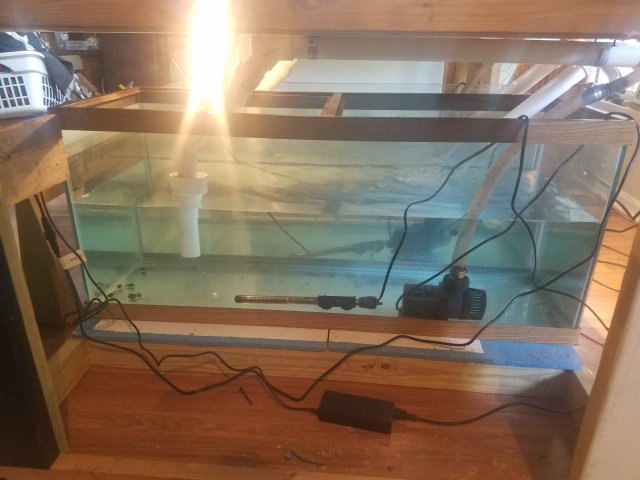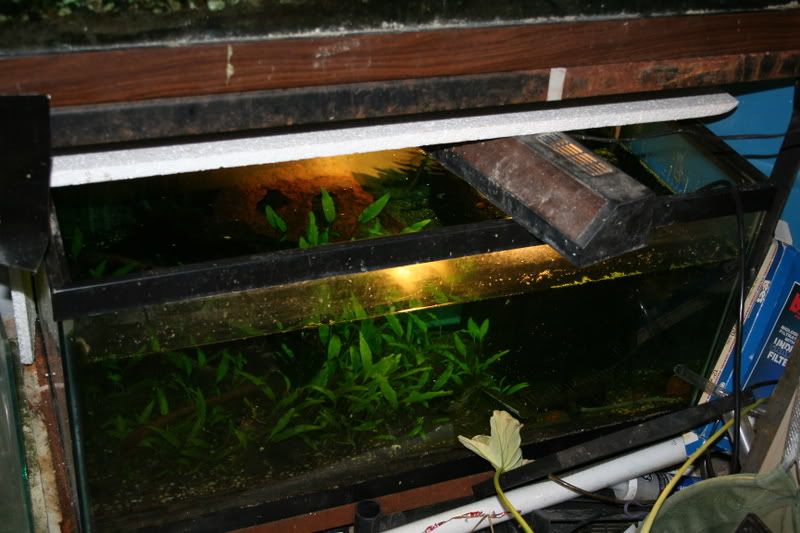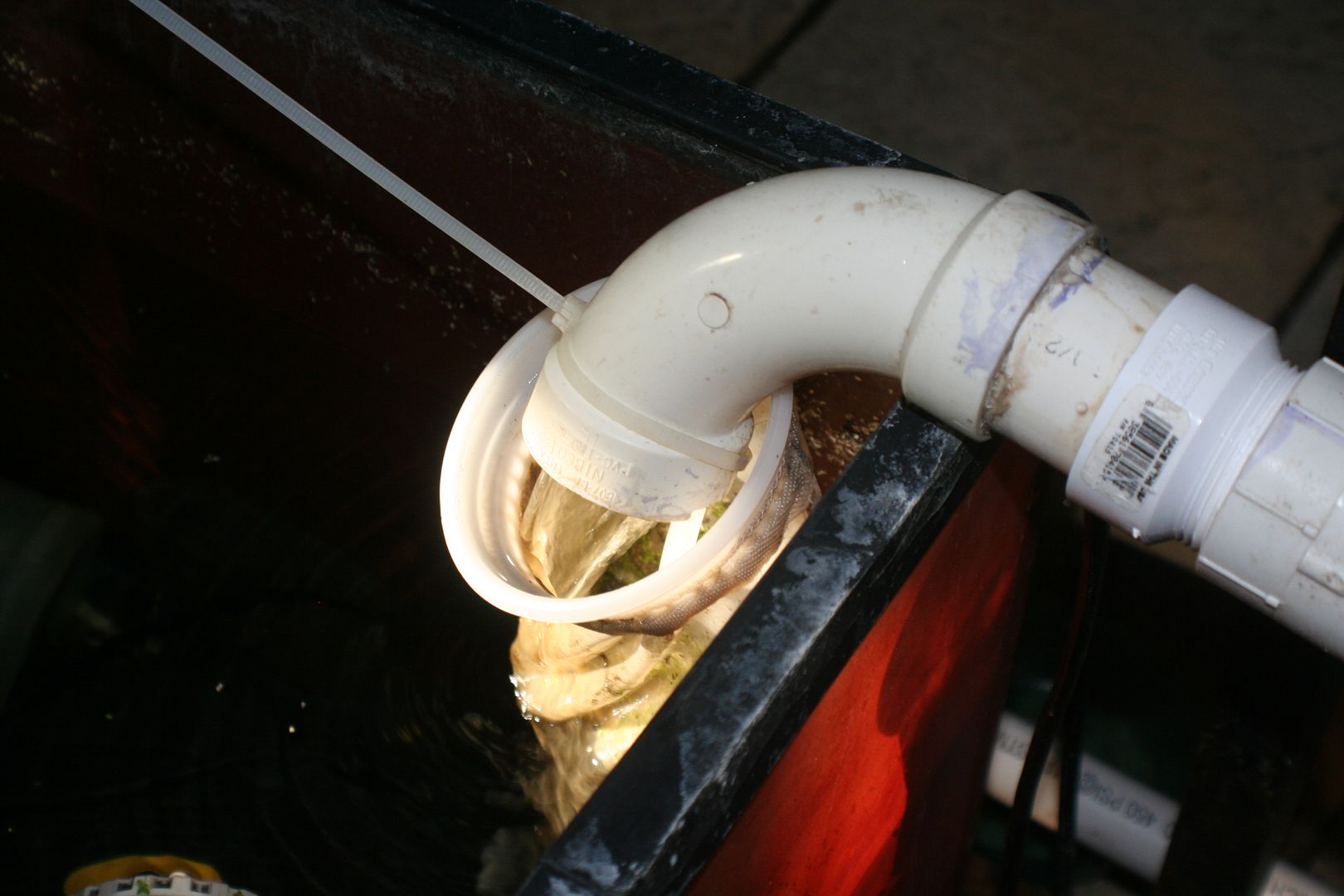
I often have 3 or 4 tanks to a sump, so multiple entry points. I might put a sock in each corner of the sump where water from the tank enters.
To the OPs original question
I prefer sumps because all the mechanical gear is not in the main display view.
Fresh water or salt, the concept is the same.
To provide excess amounts of space for filtration not feasible in the confines tiny HOBs or cans.
and Heaters, socks, pumps, media, all those things that distract from a natural vista are out of view.
It also means I can easily do maintenance on these items by just reaching in the sump.
I normally do not put sumps directly below my tanks, I don't like how cramped it gets trying to get my arms under the stand.
As long as gravity is taken into account they can be off to the side, or behind a wall, in another room, or even on a floor below.
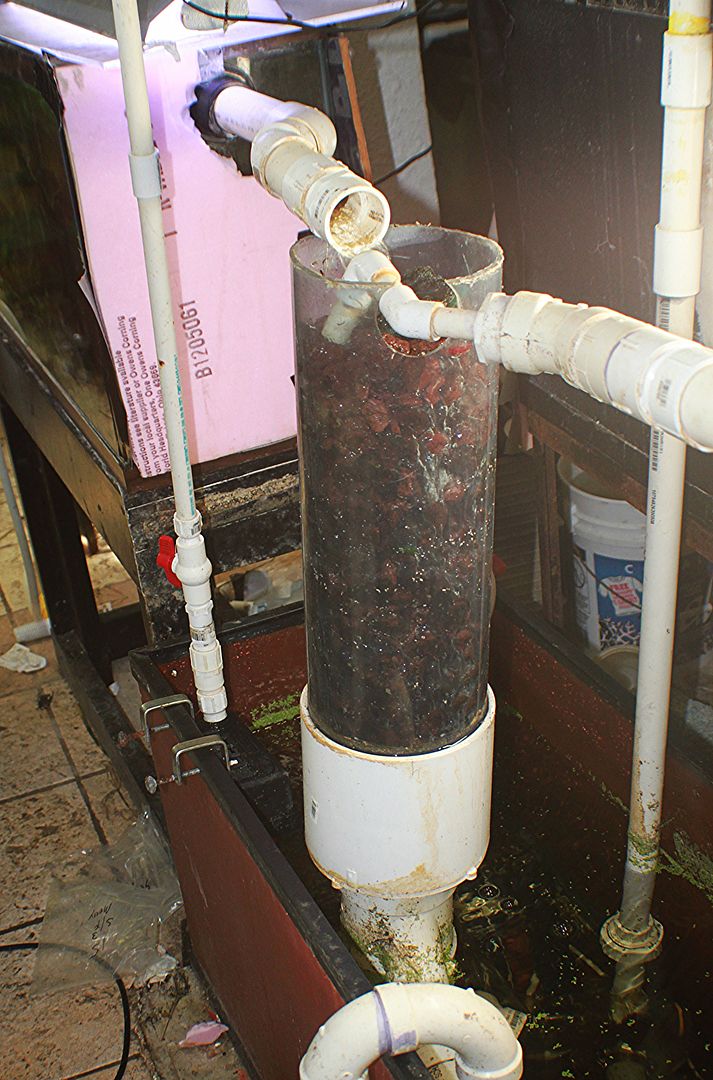
I am also a sucker for trying any new filtration techniques, so in a sump with enough room, there is space to allow for experimentation in bio towers, fractionation, fluidized beds and the like
I have two sumps on my current 180 gallon, neither are directly below the tank , one is hidden behind the tank, the other off to the side.
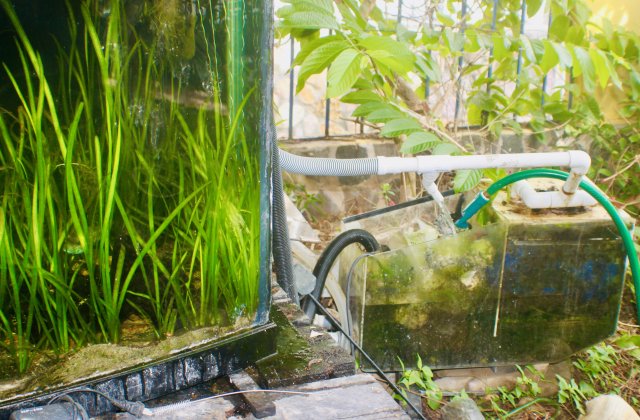
As you can see, I have a garden hose hanging in the sump. When adding new water I refer to add it to the sump, as opposed to the display tank, this allow for mixing and tempers any temperature fluctuations, or water parameter discrepancies.
The water temp issue was especially important when I lived in Wisconsin, if my water heater couldn't keep up, and water temp dropped from 70s to 40sF.





